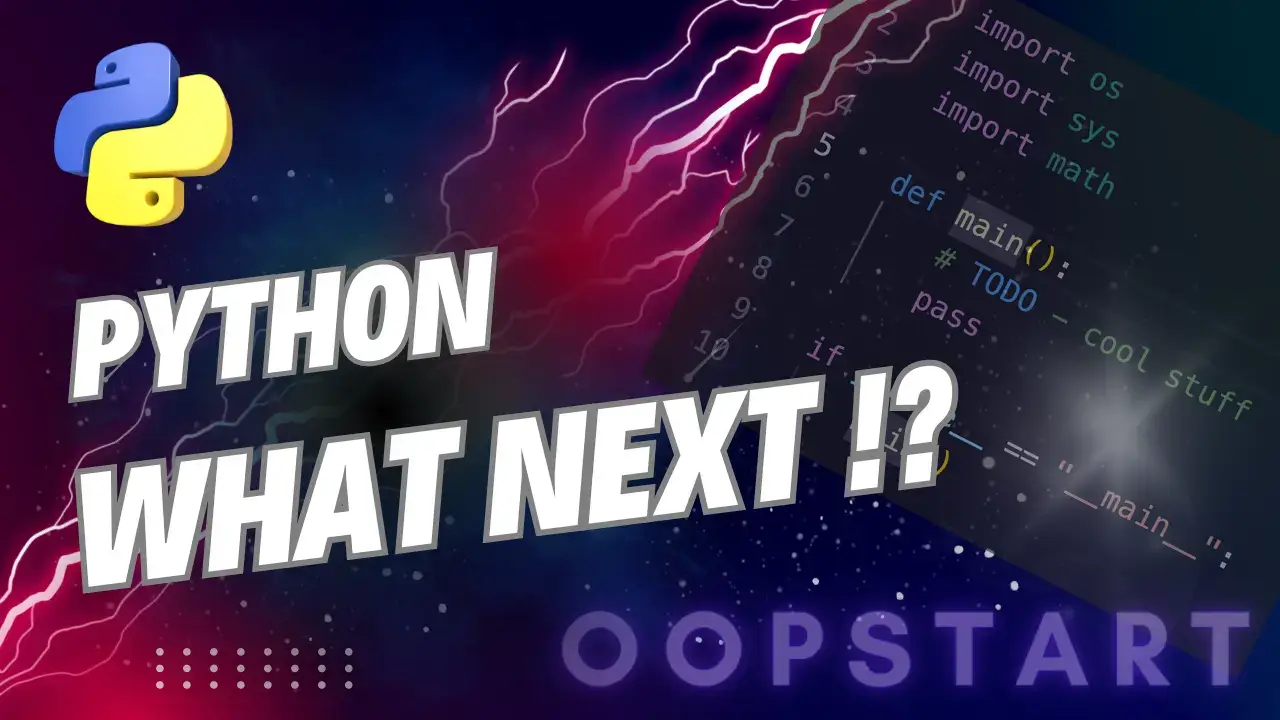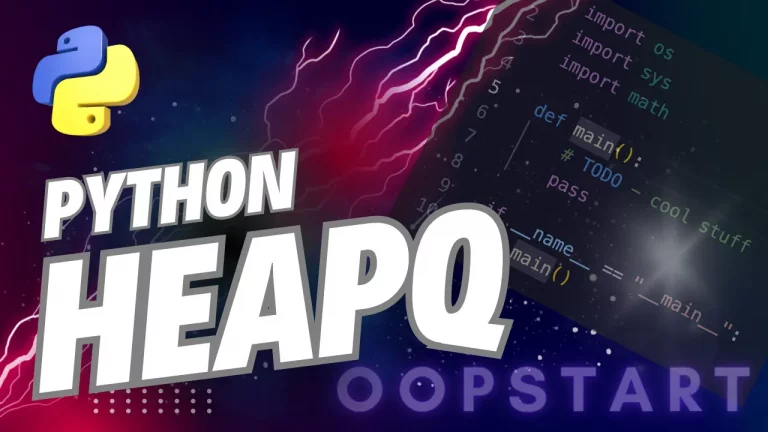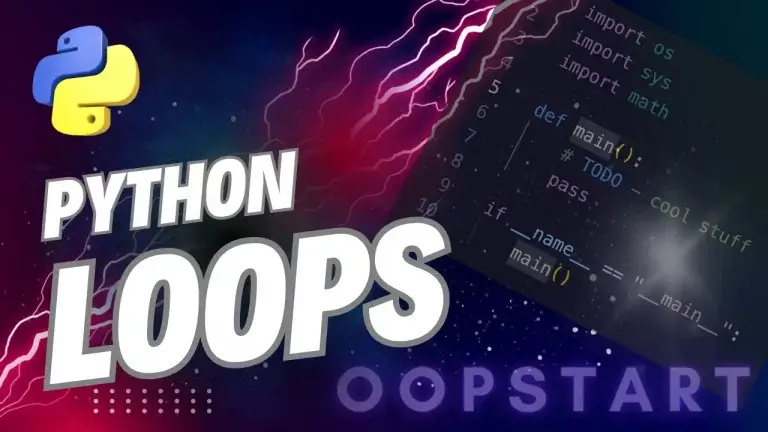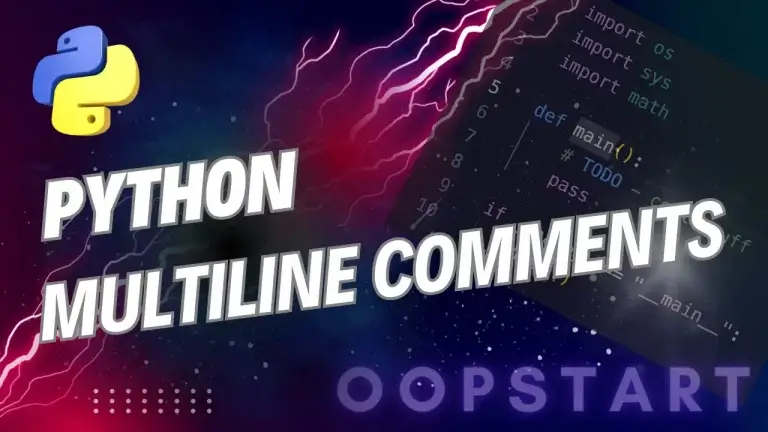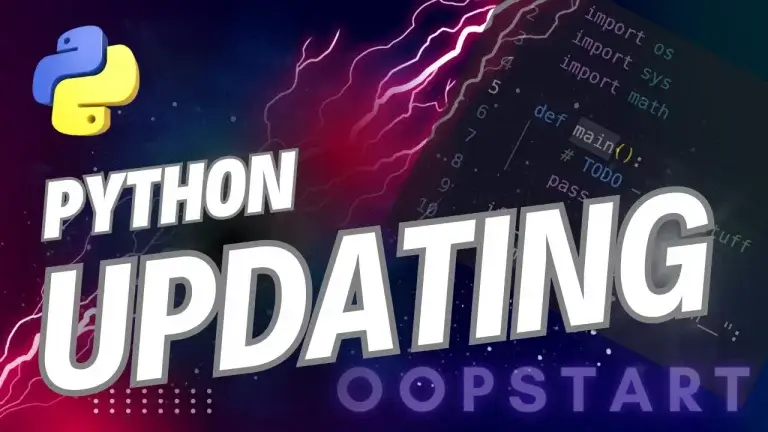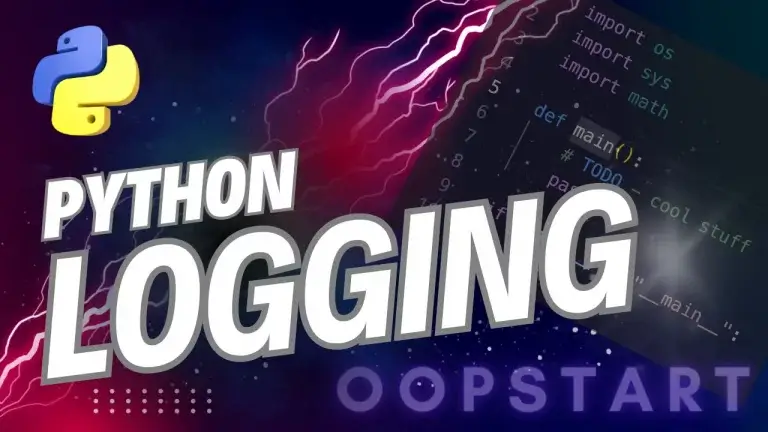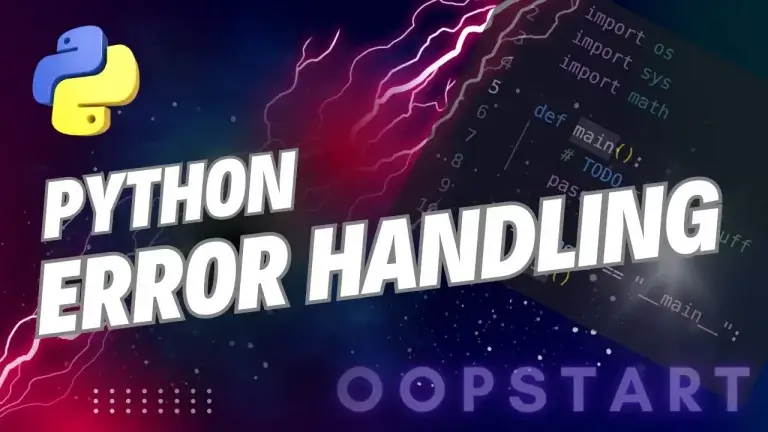Python What Next?
Congratulations on reaching the end of the series. I hope you’ve enjoyed the journey.
In this final lesson, I want to talk about your options for ‘What next?’
By now, you have a solid understanding of Python’s core concepts: syntax, data structures, functions, object-oriented programming, file handling, exceptions, decorators, generators, iterators, and all the rest.
These foundational skills will enable you to write clean, efficient, and scalable Python code for a whole range of projects.
Table of Contents
Recap of Key Concepts
In this series, we have covered:
- Python Basics: You started by learning Python syntax, variables, data types, and basic operations. These are the building blocks of any Python program.
- Control Flow: You explored conditionals (
if,else,elif), loops (for,while), and how to use them to control the execution of your code. - Functions: Functions allow you to organize your code into reusable blocks. You learned how to define and use functions, pass arguments, handle return values, and use features like default arguments and keyword arguments.
- Data Structures: Lists, tuples, dictionaries, and sets are fundamental data structures in Python. You learned how to create and manipulate these structures, as well as when to use them.
- File Handling: You learned how to read from and write to files using Python’s file handling capabilities, ensuring that resources are properly managed using context managers.
- Error Handling: Proper error handling ensures that your programs are robust and can deal with unexpected conditions. You explored how to use
try,except,finally, andelseblocks to handle exceptions gracefully. - Object-Oriented Programming (OOP): OOP principles, such as classes, objects, inheritance, and polymorphism, allow you to structure your code in a modular and reusable way. You learned how to define classes, create objects, and use methods and attributes to model real-world scenarios.
- Decorators: Decorators allow you to modify the behavior of functions or classes without changing their code. This is useful for tasks like logging, performance measurement, or adding functionality dynamically.
- Iterators: Iterators are objects that allow you to traverse data sequentially. You learned how to create custom iterators and how they differ from generators.
- Generators: Generators are memory-efficient tools for producing sequences of values lazily. They are useful for processing large datasets or implementing infinite sequences.
The Importance of Practice
While this book has provided you with a broad understanding of Python’s capabilities, programming is a skill that improves with regular practice. The best way to solidify what you’ve learned is to write code frequently. Here are some effective ways to practice:
- Solve Coding Challenges: Websites like LeetCode, HackerRank, and Codewars offer coding challenges that help you apply what you’ve learned. Working through these problems will sharpen your problem-solving skills.
- Contribute to Open Source: Contributing to open source projects on GitHub is a great way to gain real-world coding experience, collaborate with other developers, and learn best practices.
- Build Projects: Creating your own projects is one of the best ways to deepen your understanding of Python. Whether it’s a simple calculator, a web scraper, or a full-fledged web application, building something from scratch helps you apply your knowledge in meaningful ways.
Advanced Python Topics to Explore
If you’re looking to advance your Python skills further, here are some advanced topics you can explore:
- Concurrency and Parallelism: Learn how to write Python programs that perform multiple tasks concurrently using threads, processes, or async programming with libraries like
concurrent.futures,threading, orasyncio. - Data Science and Machine Learning: Explore Python’s vast ecosystem for data analysis and machine learning. Libraries like NumPy, Pandas, Matplotlib, and Scikit-learn are essential tools for working with data and building machine learning models.
- Web Development: Frameworks like Flask and Django allow you to build web applications in Python. These frameworks handle everything from routing to databases, making them ideal for creating full-stack applications.
- APIs and Web Scraping: Learn how to interact with web APIs using the
requestslibrary, or scrape data from websites using tools like BeautifulSoup or Scrapy. - Testing: Explore automated testing techniques using the
unittestorpytestlibraries. Writing tests ensures that your code is reliable and behaves as expected across different scenarios. - Deployment and DevOps: Learn how to deploy Python applications to production using services like Heroku, AWS, or Docker. DevOps practices help you manage and automate deployment pipelines.
- Advanced Object-Oriented Programming: Dive deeper into OOP concepts such as metaclasses, multiple inheritance, abstract base classes, and method resolution order (MRO).
- Performance Optimization: Explore techniques for optimizing Python code, such as profiling with
cProfile, using just-in-time (JIT) compilers like PyPy, or integrating C/C++ code with Cython for performance-critical applications.
Staying Updated with the Python Ecosystem
Python is a constantly evolving language, with new features and libraries being added regularly. To stay current, consider the following resources:
- Official Python Documentation: Python’s official documentation (https://docs.python.org) is an excellent resource for learning about new features, standard libraries, and best practices.
- Python Enhancement Proposals (PEPs): Keep an eye on Python Enhancement Proposals (PEPs), especially PEP 8 (the style guide) and new proposals that introduce changes to the language.
- Python Community: Engage with the Python community through conferences like PyCon, online forums like Reddit or Stack Overflow, and local meetups. The Python community is known for being welcoming and supportive, making it a great place to continue your learning journey.
Building a Python Portfolio
As you gain more experience, consider creating a portfolio of Python projects to showcase your skills. Here are some project ideas that can help you demonstrate your expertise:
- Web Scraper: Build a web scraper that collects data from multiple websites and processes it.
- API Client: Create a Python application that interacts with an external API, such as retrieving weather data, stock prices, or social media metrics.
- Data Visualization Dashboard: Use Pandas and Matplotlib to build a dashboard that visualizes data, such as sales performance or website traffic.
- Task Automation: Develop a Python script that automates routine tasks, such as renaming files, sending automated emails, or scraping and saving web content.
- Web Application: Use Flask or Django to build a personal website, blog, or portfolio site.
- Machine Learning Project: Train a machine learning model using Scikit-learn or TensorFlow and apply it to a real-world problem like image classification or predictive analytics.
A well-rounded portfolio showcases your ability to apply Python in real-world situations and can be valuable when applying for jobs or freelance work.
Final Thoughts
Learning Python is a journey that continues well beyond the basics. This book has provided you with a strong foundation in Python programming, and with consistent practice and exploration, you can master more advanced topics. Python is known for its readability, simplicity, and powerful ecosystem, which makes it an excellent language for both beginners and experienced developers alike.
Remember, the key to becoming proficient in Python (or any programming language) is to keep building, experimenting, and learning. Don’t be afraid to make mistakes—every bug or error you encounter is an opportunity to deepen your understanding.
As you move forward, challenge yourself with new projects, contribute to the Python community, and stay curious about new technologies and tools that continue to emerge.
Thank you for taking the time to explore Python programming with this book. Your Python journey has just begun, and there’s a world of opportunities waiting for you. Good luck, and happy coding!
Exercises
- Ask yourself what topics were the most challenging, and how you can reinforce your understanding of them. Choose a specific topic and create a project or solve problems to deepen your mastery.
- Have a think about what area of Python that interests you the most (e.g., web development, data science, automation). Research additional resources and build a project in that domain.
- Contribute to an open-source Python project on GitHub. Whether it’s fixing a bug, writing documentation, or adding a feature, this experience will help you apply what you’ve learned in a collaborative environment.
- Build a portfolio of Python projects. Choose 3-5 projects that showcase different skills (e.g., web scraping, API development, data analysis) and organise them on a personal website or GitHub profile.

